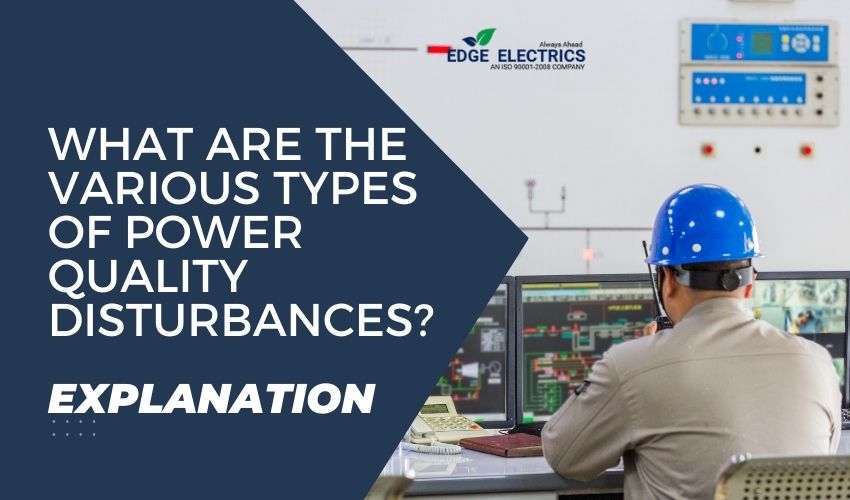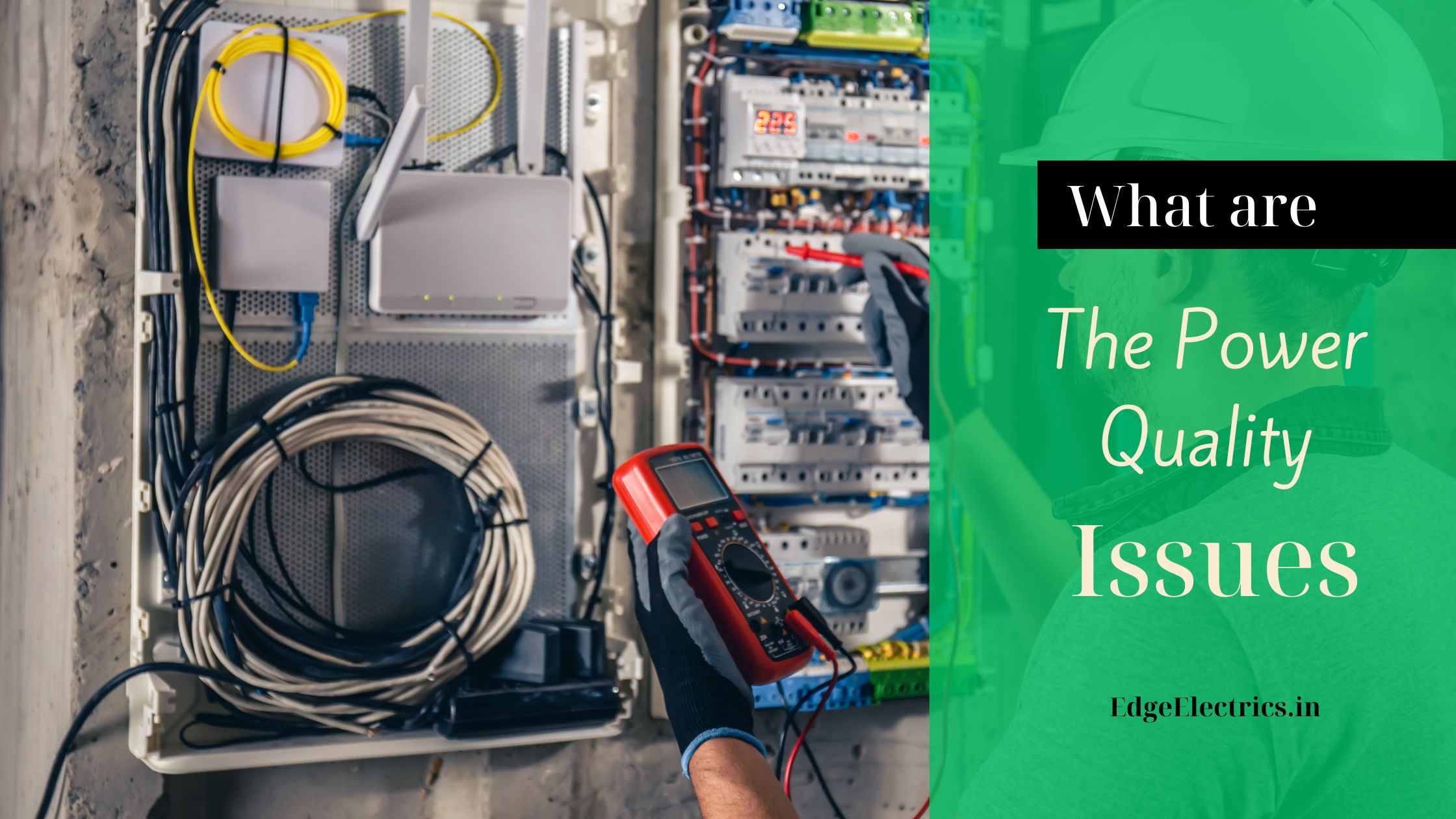
A stable, reliable power supply is an integral part of today’s technology driven world, business and industry. Hence, ensuring that power quality meets optimal standards is often overlooked. Power supply characteristics that affect the performance and longevity of electrical equipment are called power quality. Good power quality is imperative to minimize equipment damage, minimize downtime and maximize operational efficiency.
This article will explore the key characteristics of good power quality and how they can positively impact electrical systems.
Characteristics of Good Power Quality:
1. Stable Voltage Levels
One of the primary characteristics of good power quality is stable voltage levels. Voltage fluctuations, overvoltage (higher than standard) or undervoltage (lower than standard), can cause equipment malfunction or failure. A consistent voltage supply ensures that machinery, devices, and systems operate within their designed specifications, reducing the risk of overheating, power outages, and component wear.
How to Ensure Stable Voltage Levels:
- Use voltage stabilizers and automatic voltage regulators (AVRs).
- Perform regular power system studies to evaluate voltage performance.
2. Minimal Voltage Sags and Swells
The most common power quality issues are voltage sags (brief dips in voltage) and swells (brief surges in voltage). These disturbances can lead to sensitive equipment like computers, industrial machinery, or medical devices to reset, misoperate, or even shut down. Power quality is contemplated good when such voltage irregularities are infrequent and minor.
Ways to Prevent Sags and Swells:
- Implement uninterruptible power supplies (UPS) for critical loads.
- Install power conditioners to regulate voltage.
3. Low Harmonic Distortion
The deviations from the ideal sinusoidal waveform of AC power is referred to as harmonic distortion. High levels of harmonics can interfere with the operation of electrical equipment, causing overheating, transformer failure, or flickering lights. Good power quality requires less harmonic distortion, which allows equipment to run efficiently and prevents unnecessary power loss.
How to Minimize Harmonic Distortion:
- Use harmonic filters to block or mitigate distortions.
- Properly manage the non-linear loads.
4. Reliable Frequency Stability
Frequency stability is crucial for the smooth operation of electrical equipment, especially in industries that require precision. Power frequency variations can happen because of the demand of imbalances or issues within the power grid. Good power quality ensures that the frequency remains stable and within prescribed limits (e.g., 50 Hz or 60 Hz, depending on the region). Even slight deviations from the standard frequency can cause mechanical failures, efficiency losses, or synchronization issues in generators and motors.
Methods to Maintain Frequency Stability:
- Balance load demand with adequate generation capacity.
- Use advanced grid monitoring systems to detect and correct frequency shifts.
5. Minimal Flicker
Voltage flicker is the rapid changes in voltage. That leads to flickering of lights and potential damage to sensitive electronics. While flickering is often considered more of a nuisance, it can signal underlying issues with the power supply. Good power quality minimizes flicker, ensuring a smooth and steady supply of electricity in the
Flicker Mitigation Tips:
- Conduct regular power quality assessments to identify and resolve flicker sources.
- Use flicker meters to monitor and control sudden voltage fluctuations.
6. Balanced Three-Phase Power
Industrial and commercial applications use three-phase power systems. A balanced three-phase system is important for optimal power quality due to an imbalance that can lead to inefficiency and overheating of equipment. Good power quality involves maintaining equal voltage and current in all three phases, preventing damage to motors, transformers, and other electrical systems.
Strategies for Achieving Phase Balance:
- Ensure proper load distribution across all phases.
- Regularly inspect and maintain the electrical system to detect phase imbalances early.
7. Low Electrical Noise and Transients
Radio frequency interference (RFI) and electromagnetic interference (EMI) are electrical noise that can influence the operation of sensitive equipment, specially in medical, communication, and laboratory settings. Moreover, transients or spikes in power can generate insulation breakdown and shorten the lifespan of electrical devices. Good power quality relates to minimizing such noise and transients to ensure the safe and reliable operation of electrical systems.
How to Reduce Electrical Noise and Transients:
- Install surge protectors and transient voltage surge suppressors (TVSS).
- Use shielded cables to block interference from external sources.
Conclusion
To maintain the performance, efficiency, and safety of electrical systems in both residential and industrial environments, Characteristics of Good Power Quality is necessary to know. Criterias like stable voltage, low harmonic distortion, balanced three-phase power, and minimal electrical noise forwarded to a reliable power supply, lowering the risk of equipment failure and downtime. Regular power quality assessments, along with appropriate corrective measures, ensure that power systems operate optimally and protect valuable assets from costly damage.
continue reading
Related Posts
Power Quality Disturbances are voltage sags, swells, spikes, fluctuation and […]
Maintaining Good Power Quality includes several important characteristics such as […]
Ensuring good power quality is crucial in electrical systems. As […]



